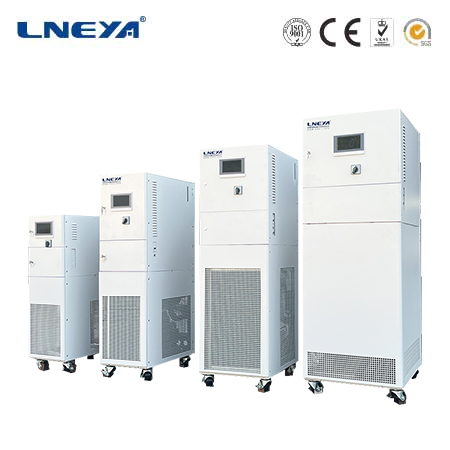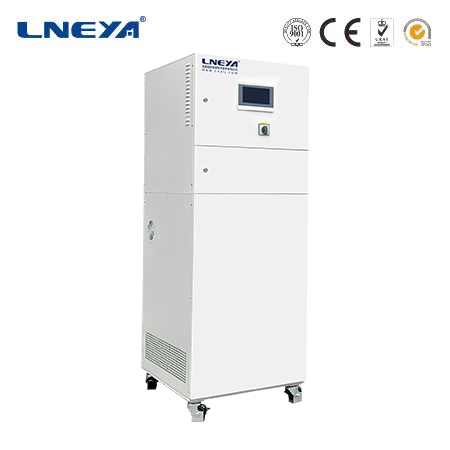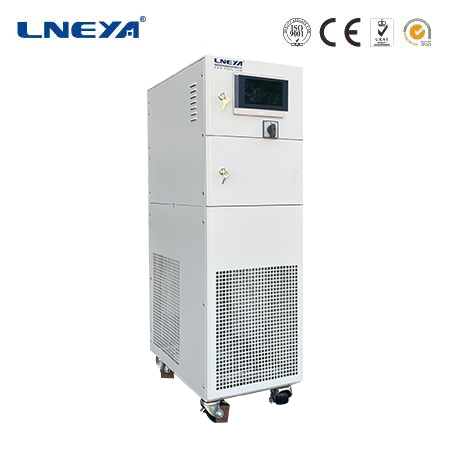heater for industrial use
Working Principles
Industrial heaters operate on the principle of converting energy (electrical, fuel-based, or renewable) into heat, which is then transferred to a target material, fluid, or environment. The heat transfer can occur through three primary mechanisms:

Conduction: Heat is transferred directly from the heater’s surface to the material in contact with it. This is common in immersion heaters, where the heating element is submerged in a fluid, or in band heaters wrapped around pipes or containers.
Convection: Heat is transferred through the movement of fluids (liquids or gases). Forced convection heaters use fans or pumps to circulate the fluid, enhancing heat distribution, while natural convection relies on the buoyancy of heated fluids to circulate naturally.
Radiation: Heat is emitted as electromagnetic waves, which are absorbed by the target material. Infrared heaters are a typical example, where radiant energy is converted to heat upon contact with the material, making them effective for heating surfaces or materials without direct contact.
Main Types
Industrial heaters are categorized based on their energy source, design, and application, with the following being the most common types:
Electric Industrial Heaters: These use electrical energy to generate heat through resistive elements (e.g., nichrome wires). They include immersion heaters (submerged in liquids), band heaters (for pipes and barrels), infrared heaters (radiant heating), and forced air heaters (using fans to distribute heat). They are known for precise temperature control, quick heating, and suitability for environments where fuel storage is impractical.

Fuel-Fired Industrial Heaters: These burn fossil fuels such as natural gas, propane, diesel, or oil to produce heat. Types include gas-fired space heaters, oil-fired boilers, and direct-fired heaters (where combustion gases come into direct contact with the material) and indirect-fired heaters (using a heat exchanger to separate combustion gases from the heated medium). They are often used for high-heat applications or in areas with abundant fuel supplies.
Steam Heaters: These utilize steam generated by boilers to transfer heat. Steam is piped to heat exchangers, radiators, or jackets surrounding equipment, where it condenses, releasing latent heat. They are widely used in industries requiring uniform heating, such as food processing and chemical manufacturing, due to steam’s high heat-carrying capacity.
Heat Pump Heaters: These extract heat from the surrounding environment (air, water, or ground) and transfer it to the industrial process using a refrigeration cycle. They are energy-efficient, especially in moderate climates, and are used in applications where low to medium heat is required, such as in manufacturing facilities or warehouses.
Key Components
The components of industrial heaters vary by type but generally include:
Heating Element: The core component that generates heat. For electric heaters, this is a resistive element (e.g., metal alloys or ceramic materials). For fuel-fired heaters, it is a burner or combustion chamber where fuel is ignited. For steam heaters, it is the steam coil or heat exchanger that transfers heat from steam to the target.
Control System: Regulates temperature, fuel/energy input, and operation. It may include thermostats, sensors, and programmable logic controllers (PLCs) to maintain precise temperature levels, prevent overheating, and optimize energy use.
Heat Exchanger (in indirect systems): Separates the heating medium from the material being heated, preventing contamination. Common in indirect-fired heaters and steam systems, it ensures efficient heat transfer while protecting the process from combustion byproducts or steam.
Fan or Pump (for convection heaters): Enhances heat distribution by circulating air, liquid, or steam. Fans are used in forced air heaters, while pumps circulate liquids in immersion or liquid-based heating systems.
Safety Features: Components such as pressure relief valves (in steam systems), flame sensors (in fuel-fired heaters), overheat protection switches, and ventilation systems (to remove combustion gases) ensure safe operation and prevent accidents.

Typical Applications
Industrial heaters are used across a wide range of industries:
Manufacturing: Heating metals for forging, annealing, or tempering in the automotive and aerospace industries. They are also used in plastic processing to melt resins and in rubber manufacturing to cure products.
Food and Beverage Processing: Pasteurizing liquids, baking, drying ingredients, and maintaining temperatures during packaging. Steam heaters and electric immersion heaters are commonly used here to ensure food safety and quality.
Chemical Industry: Heating reactors for chemical reactions, distilling solvents, and maintaining viscosity of liquids. Explosion-proof heaters are often required in hazardous environments with flammable materials.
Oil and Gas Industry: Heating crude oil to reduce viscosity for transportation, warming pipelines to prevent freezing, and heating tanks for storage. Fuel-fired heaters and electric trace heaters (wrapped around pipes) are typical in this sector.
Pharmaceuticals: Sterilizing equipment, drying granules, and maintaining precise temperatures during drug formulation. Cleanroom-compatible heaters with high precision controls are used to meet strict regulatory standards.
Construction: Curing concrete, drying paint or coatings on structures, and heating construction sites in cold weather to enable work in low temperatures.
Energy Efficiency
Energy efficiency is a critical consideration for industrial heaters, as heating often accounts for a significant portion of industrial energy consumption:
Electric Heaters: Generally have high efficiency (converting 95-100% of electrical energy to heat) but may have higher operating costs if electricity is expensive. Variable frequency drives (VFDs) and smart controls can optimize their use by adjusting power input to match demand.
Fuel-Fired Heaters: Efficiency varies by type, with modern gas-fired heaters achieving 80-95% efficiency when properly maintained. Indirect-fired heaters are slightly less efficient than direct-fired ones due to heat loss in the heat exchanger but offer safer operation for sensitive materials.
Steam Heaters: Efficiency depends on the boiler’s performance, with well-maintained boilers operating at 70-90% efficiency. Insulating steam pipes and recovering condensate can further improve energy use.
Heat Pumps: Can achieve coefficients of performance (COP) of 2-4, meaning they produce 2-4 units of heat for every unit of electricity consumed, making them highly efficient for low to medium heat requirements.
Safety Considerations
Safety is paramount in industrial heating applications, given the high temperatures and potential hazards:
Overheat Protection: Thermostats and thermal fuses shut off the heater if temperatures exceed safe limits, preventing fires or equipment damage.
Combustion Safety (fuel-fired heaters): Flame sensors, pressure switches, and ventilation systems prevent the buildup of toxic gases (e.g., carbon monoxide) and ensure proper combustion.
Electrical Safety (electric heaters): Insulation, ground fault circuit interrupters (GFCIs), and waterproof enclosures (for wet environments) prevent electric shocks and short circuits.
Pressure Regulation (steam heaters): Pressure relief valves and gauges monitor and control steam pressure, preventing explosions in case of overpressure.
Material Compatibility: Heaters are constructed from materials (e.g., stainless steel, Inconel) resistant to corrosion, high temperatures, and chemical reactions with the heated medium, ensuring longevity and safety.
In conclusion, industrial heaters are essential devices that enable a wide range of manufacturing and processing operations by providing controlled heat. Their diverse types, based on energy sources and design, allow them to meet specific industrial needs, from high-temperature metalworking to precise food processing. Understanding their working principles, components, applications, and safety features is crucial for selecting the right heater and ensuring efficient, safe operation in industrial settings.
Related recommendations
rooftop chiller units
333Rooftop Chiller Units: Detailed Explanation Introduction to Rooftop Chiller UnitsRooftop chiller units are complete refrigeration systems mounted on building roofs that provide chilled liquid ...
View detailstemperature heating and cooling
428Temperature Heating and Cooling: A Comprehensive GuideIntroductionTemperature heating and cooling systems are essential for maintaining precise and comfortable thermal conditions in various enviro...
View detailswater bath in the laboratory
204Water Bath in the Laboratory: Functions, Types, and ApplicationsIn the bustling environment of a laboratory, where precision and control are paramount, the water bath stands as an indispensable p...
View detailsindustrial process heating systems
356What are Industrial Process Heating Systems? Industrial process heating systems are specialized systems designed to provide controlled heat for various industrial processes. They are essential ...
View details
 LNEYA Thermal Test Chillers
LNEYA Thermal Test Chillers






HelloPlease log in